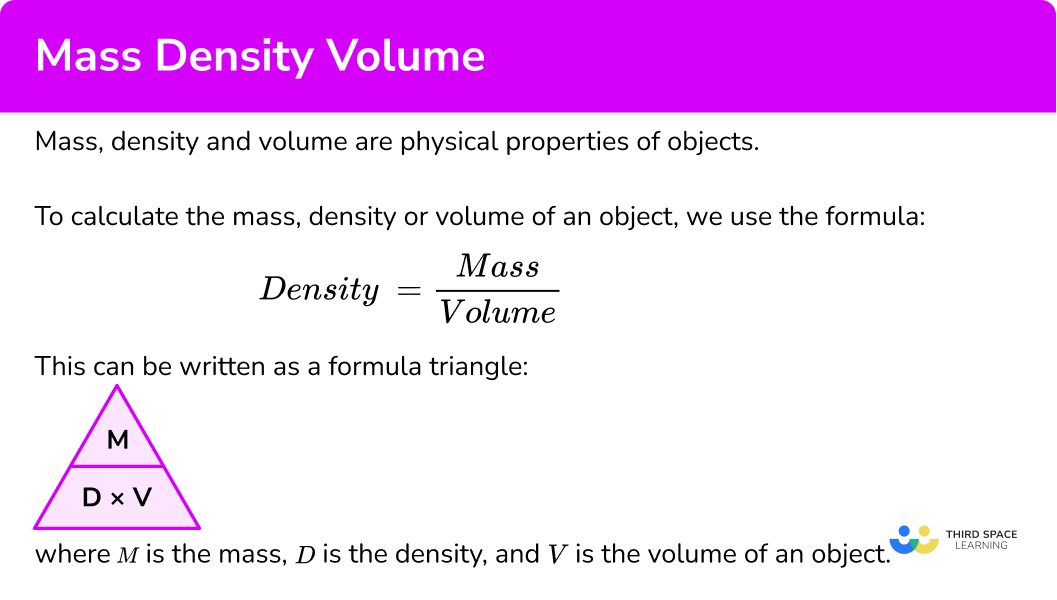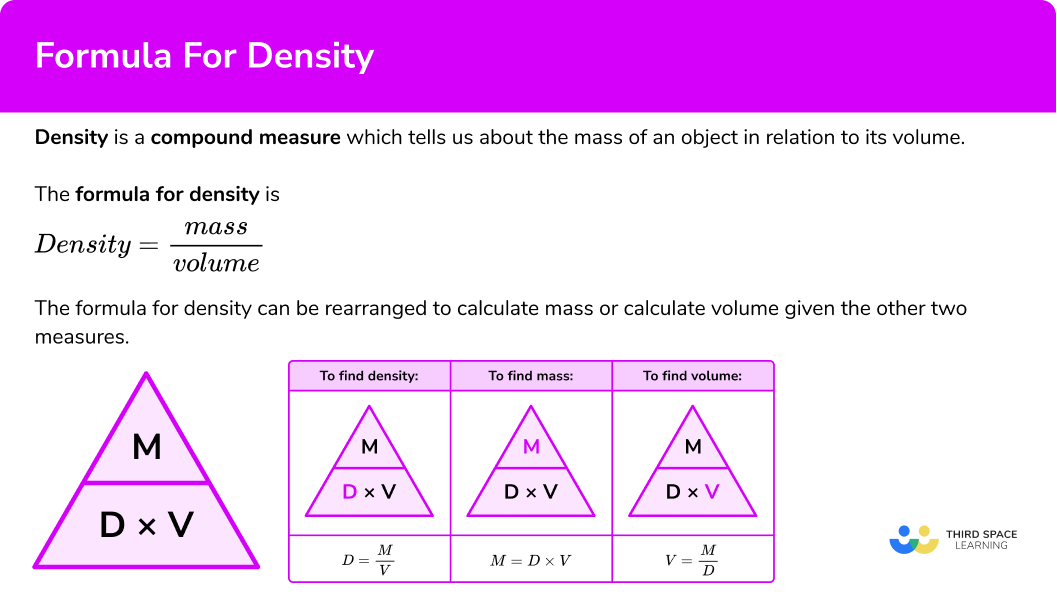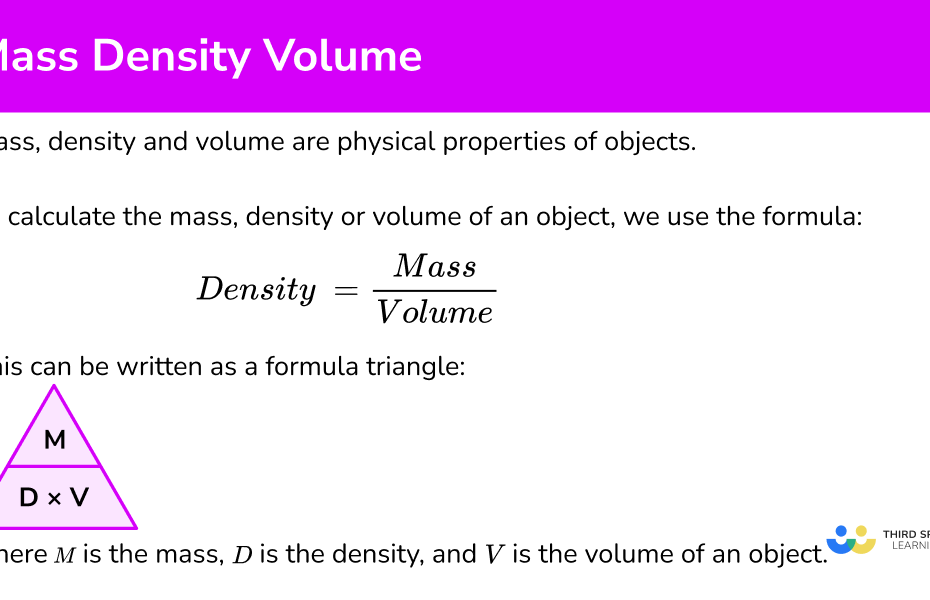How Do You Find The Mass Of A Substance Using Density?
How To Find Density, Mass, And Volume
Keywords searched by users: How do you find the mass of a substance using density how to calculate mass of a substance in chemistry, Calculate density, how to find the density of a substance, how to find the volume of a substance, Density calculator
How Do You Find Mass Using Density?
“How can mass be determined using density? To find mass using density, you can utilize three fundamental equations that relate these quantities. The first equation states that Mass is equal to Density multiplied by Volume. In the second equation, Density is found by dividing Mass by Volume. Lastly, to calculate Volume, you divide Mass by Density. These equations offer a comprehensive understanding of the interplay between mass, density, and volume, allowing you to solve for any of these variables when the other two are known. These principles were originally elucidated on November 26, 2019.”
How Do You Find The Mass Of A Substance?
Determining the mass of a substance involves a straightforward calculation using the substance’s molecular weight and the number of moles present. Molecular weight, which is also known as molar mass, represents the mass of one mole of the substance and is usually expressed in grams per mole (g/mol). To find the mass of the substance in grams, you simply multiply the molecular weight by the number of moles. In other words, the formula for finding the mass of a substance is:
Mass (in grams) = Molecular Weight (in g/mol) × Number of Moles
This formula helps scientists and chemists quantify the amount of a substance they have, which is crucial for various chemical and scientific applications. For instance, it can be used to measure the quantity of a specific chemical in a reaction, determine the concentration of a solution, or calculate the amount of a substance needed for a particular experiment.
Collect 37 How do you find the mass of a substance using density






Categories: Share 69 How Do You Find The Mass Of A Substance Using Density
See more here: xecogioinhapkhau.com

How do I find mass with density and volume? Density is defined as mass divided by volume, or d = m/V. If you have the density and the volume, you can rearrange the equation to get m = d*V.molecular weight×number of moles=mass of substance (in grams). molecular weight × number of moles = mass of substance (in grams) .Density is determined by dividing the mass of a substance by the volume occupied by that mass.
- Mass = Density x Volume.
- Density = Mass ÷ Volume.
- Volume = Mass ÷ Density.
- mass = volume x density.
- mass = 30 ml x 0.790 g/ml.
- mass = 23.7 g.
Learn more about the topic How do you find the mass of a substance using density.
- How do you calculate mass using density and volume? – Quora
- Calculate Mass from Density Example Problem – ThoughtCo
- Molecular Weight – Numeracy, Maths and Statistics – Academic Skills Kit
- How To Find Mass of a Liquid From Density – ThoughtCo
- Using the relationship between density, mass and volume
- Density, Specific Volume, and Specific Gravity – YouTube
